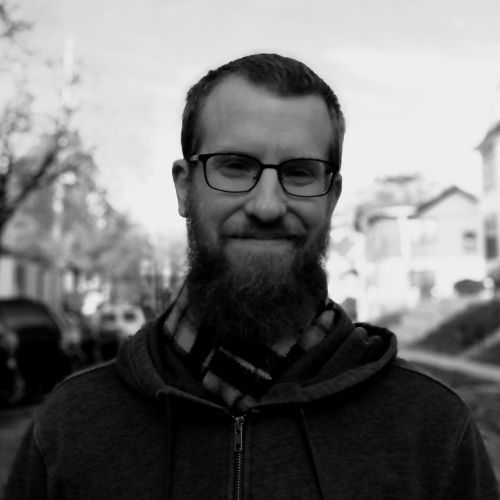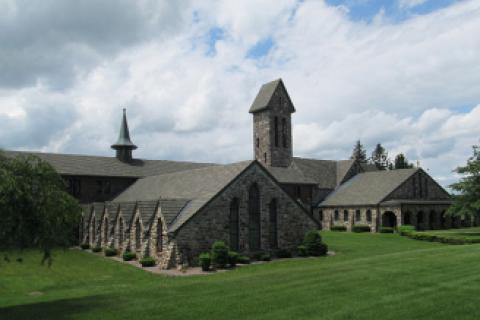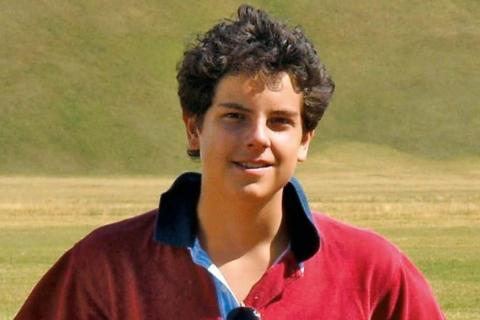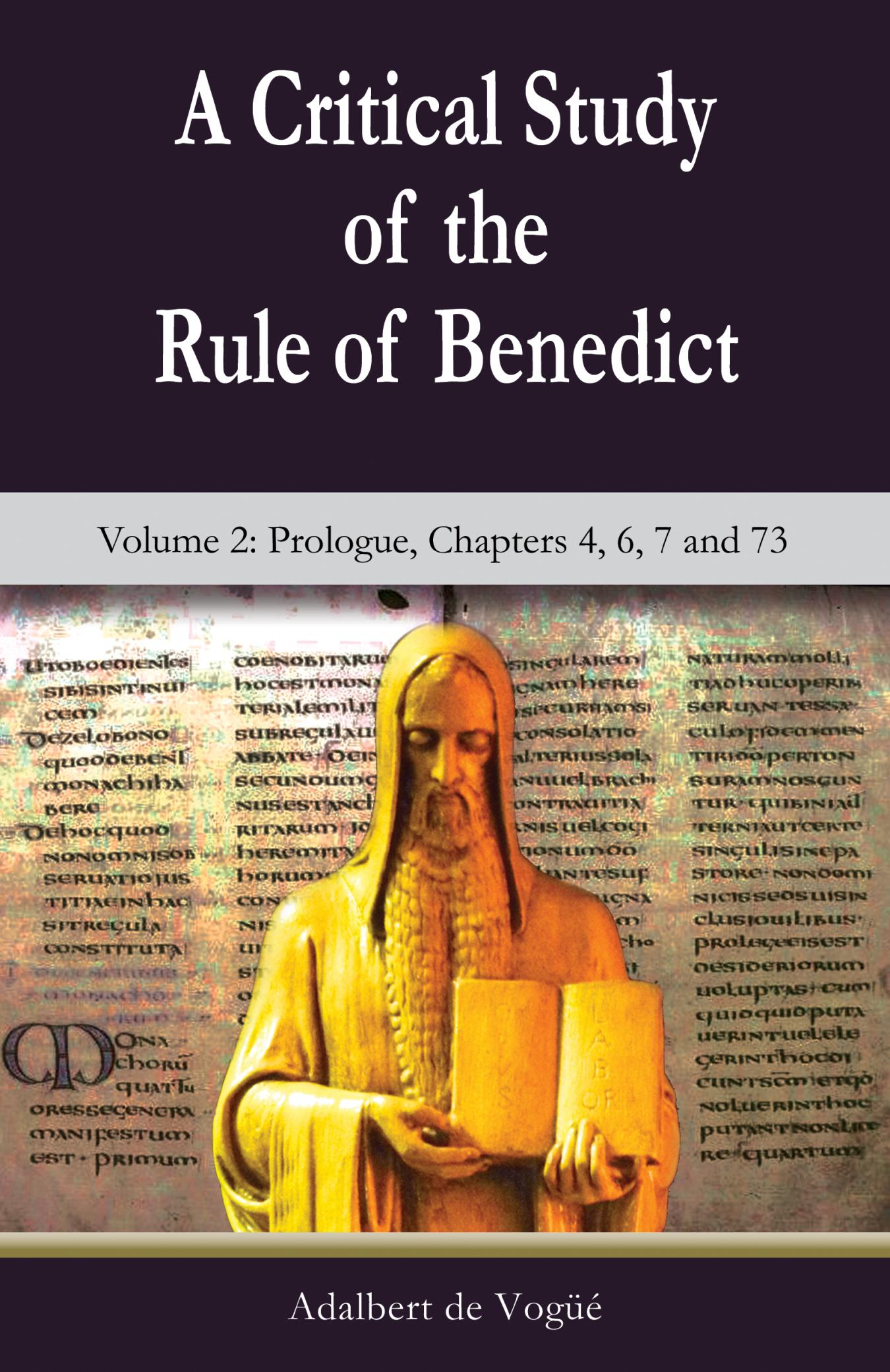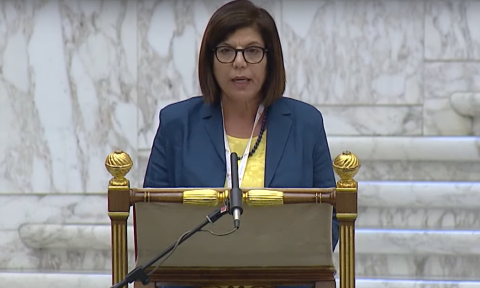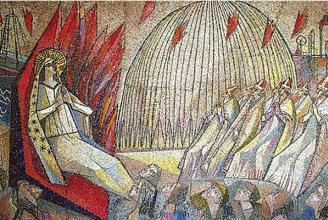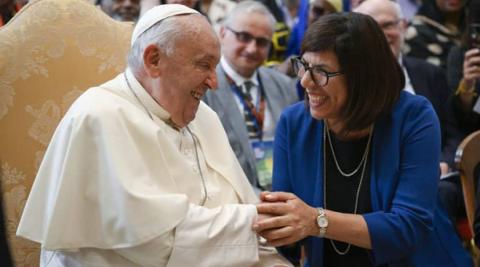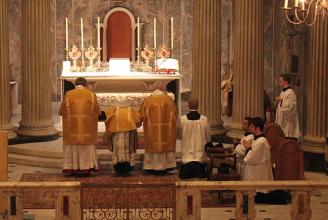
Photo by Vetresstudio
When I became a Benedictine oblate in 2008, it was in no small part due to the writings of the Benedictine monk Dom Henri Le Saux (later known as Swami Abhishiktananda). Le Saux was born on August 30, 1910, so around this time each year my thoughts return to him. He taught me much. Most of all, his gripping description of the dogma of the Trinity renewed my devotion to the Catholic faith in which I was raised.
It was Le Saux who showed me that the Trinity is not an abstruse, technical, theological statement, but a finger pointing to the moon of the ineffable nature of divinity itself.
A collect of morning prayer on Trinity Sunday describes it like this:
You reveal yourself in the depths of our being, drawing us to share in your life and your love. One God, three Persons, be near to the people formed in your image, close to the world your love brings to life.
The most radical teaching of the New Testament is not that God loves us—as intensely as that is displayed in the Incarnation and Passion—but that from all eternity “God is love.”
That’s Trinitarian faith: a vision of Reality that is thoroughly communal and unitive.
According to this vision, the “ultimate end of the whole divine economy is the entry of God’s creatures into the perfect unity of the Blessed Trinity.” Which is how and why the Catechism also tells us, “even now we are called to be a dwelling for the Most Holy Trinity” (CCC 260).
Dom Le Saux begins his book In Spirit and Truth by stating: “There is only one thing that really is—the being-in-communion of the Father and the Son in the unity of the Spirit, at the heart of being.” At the heart of all Reality there is loving communion. That Being is not an impersonal monad but a personal Being with.
And if we are made in the image of that Reality, at the heart of who we are there is also loving communion. The full flowering of the Christian life comes with experience not just that God loves us but that God’s self is Love, and we are pulled into that communion.
This is why the most radical teaching of the New Testament is not that God loves us (as intensely as that is displayed in the Incarnation and Passion), but that from all eternity “God is love” (1 John 4:8 and 4:16). Our being made in God’s image (Gen 1:26) is not found in our having a soul, or an intellect, or reason, but in being creatures made for relationship, for unity, for existing in loving relation with others. This is how it is that the Trinity can be beyond our ability to understand intellectually or deduce rationally, but still the great contemplatives and mystics of the Church have witnessed that we can know the Trinity experientially in love.
Far from being abstract conceptualizations, saints and mystics throughout two millennia have witnessed to this being what actually happens, what we can all experience.
When we reduce the clutter in our lives, when we stop paying attention to the noise and the desires and bustle all around us and instead seek silence, seek stillness, seek prayer and the depths of our own consciousness, and the living presence of other people and all of creation, there in the roots of our very being we find the Trinity, dwelling in us and us dwelling in it.
May it be so.


